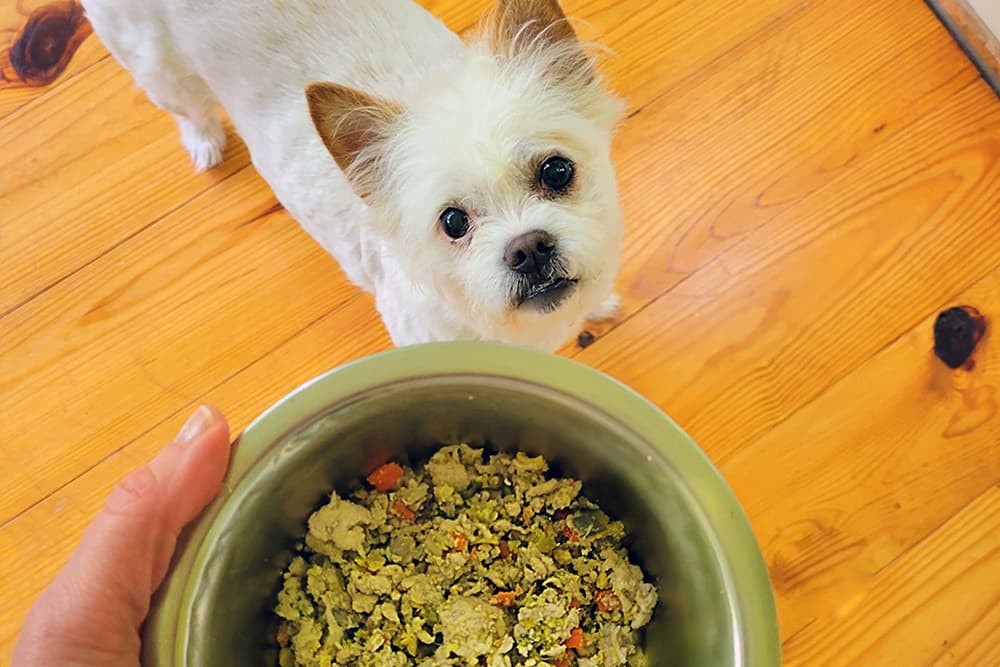Meet 5 Dog Breeds That Put the “D” in Drool
Published on January 02, 2014
Skip To
We love these dogs for their large size and noble expressions. But this group of canines all have something else in common — they drool. It’s a messy side effect that is caused by their deep jowls and looser lips. If you’re planning to live with one of these dogs, any house-proud attitude is going to have to take a back seat to the dog’s natural saliva production. Some breeders may claim to produce dogs with “dry” mouths, but that promise should be taken with a grain of salt. No dog of this type is truly drool-free. We showcase the canine kingdom’s top five drool-dripping breeds.
More on Vetstreet:










